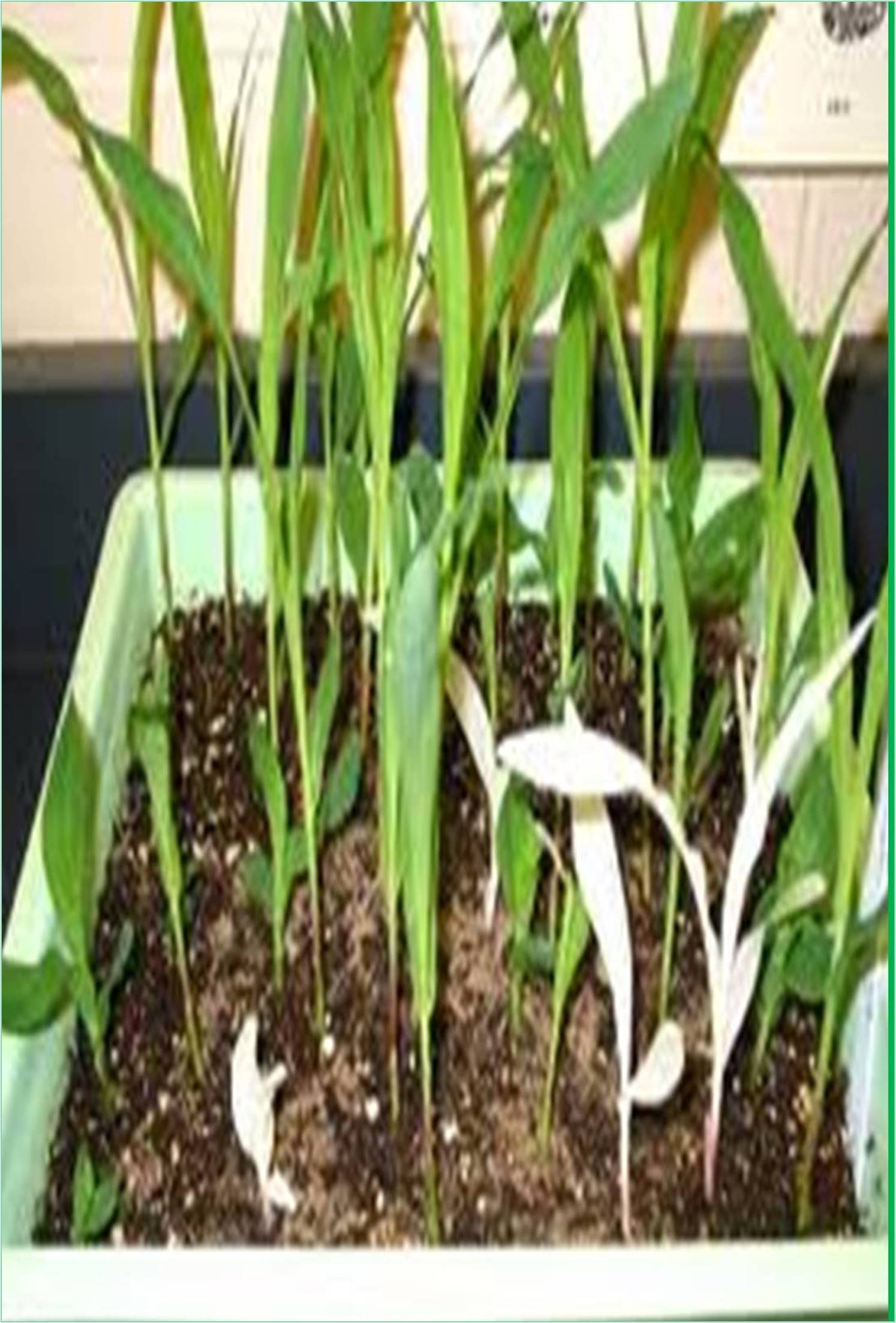



Received: 01-Feb-2022, Manuscript No. GJPBG-22-59119; Editor assigned: 03-Feb-2022, Pre QC No. GJPBG-22-59119(PQ); Reviewed: 17-Feb-2022, QC No. GJPBG-22-59119; Revised: 21-Feb-2022, Manuscript No. GJPBG-22-59119(R); Published: 28-Feb-2022, DOI: 10.15651/2449-0598.22.9.119
Wheat is the essential cereal crop and essential staple meals worldwide. Approximately 1/2 of the population fed on wheat crops. It is expected that round six hundred million lots of wheat are harvested annually. Globalization and industrialization are growing exponentially every day to conquer the resources and their preservation. On the other hand, it adversely influences our surroundings without delay or indirectly. Due to commercial effluents, much pollution is leached out in groundwater and the ecosystem and motive infection. Heavy steel infection is a severe inconvenience for vegetation and humans among that pollution. However, a few metals inclusive of Zn, Fe, Na, Mg and Mn are vital for the vegetation in minimal concentrations. Bioaccumulation of Cd, Pd, Cr, Cu and Ni are one kind of components of the vegetation influences the metabolic pathway of vegetation (Backstrom et al., 2004). Usually, vegetation display responses towards abiotic stress, growth of the manufacturing of ROS species, lessen chlorophyll content material and motive enzymatic degradation. Under abiotic stress, the vegetation commonly lessens photosynthesis and stunted boom of vegetation. Plants infected with metals are digested with the aid of using animal digestive tracks and convey severe fitness problems. Cadmium is concerned in renal failure, influences the liver and reasons bone demineralization. The research’s essential objective is to research the bioaccumulation of heavy metals in one of kind components of the plant. Phenotypic and biochemical characterization of the wheat plant is the principle aim of the research; the leaf is concerned in the improvement of wheat grain and will increase the variety of grains in line with spike. It method the leaf indirectly controls crop yield.
Different parameters inclusive of BCF and TF had been measured in diverse vegetation and rhizosphere soil components.
SOD and POD analyses had been shaped to test wheat’s ROS manufacturing level. Biochemical characterization became carried out qualitatively and quantitatively to decide the wheat’s proteins, carbohydrates, lipids, cellulose, hemicellulose, and lignin contents. The test became carried out with inside the Government University of Faisalabad (Bai et al., 2016). The surroundings of Faisalabad are appropriate for the cultivation of the wheat crop. The temperature fluctuates from four to 400 degree celsius in Faisalabad all the season; Wheat cultivation season begins off evolved in December whilst the temperature is almost same to the freezing point.
Galaxy-thirteen of the wheat variety sown in December in experimental pots to research the other parameters of the wheat flowers located below the abiotic strain, called heavy Metals strain. There have been a hundred and forty four pots wherein extraordinary traces of the wheat have been cultivated, 1/2 of them have been taken as control and others have been taken as cadmium strain (Najar et al., 2005). Approximately 40 ml of Cd, Zn, Pd, Ni, Cr and Cu salts have been furnished to the abiotic strain pot to evaluate their outcomes at the wheat crop. Additional parameters of the soils have been measured and recorded, such as Cd, Zn, Pd, Ni and Cu attention, electric conductivity, and H ion attention of the earth. The inductometer measured electric conductivity, and the digital pH meter decided the H ion attention. After sowing the wheat, about all seeds germinated in extraordinary pots; the germination began out days after planting the wheat seeds. After the ger- mination, the primary leaf of the wheat emerged 5 days later. The maximum crucial component with inside the plant’s boom is the plant’s watering, good enough and controlled. This first irrigation becomes furnished 21 days after the germination. Tillering of many flowers becomes observed all through the duration after germination.
The vegetation and their rhizosphere have been sampled and have been taken into the laboratory to evaluate unique phenotypic parameters of the pants. Firstly, the vegetation has been washed to dispose of suspended soil particles from the soil, and their FW changed into measured and recorded. Further, roots and the shoots of various vegetation have been separated to degree their diameter and lengths; roots numbers have been additionally counted. Shoot lengths of the alternative vegetation have been additionally measured with the assist of a meter rod (Yang et al., 2009). All the flag leaves of the vegetation have been gridded and blended with methanol and rinsed with 0.01 % Hcl and deionized water to save plant samples for biochemical evaluation and the willpower of the heavy steel concentrations in unique components of the vegetation.
[Cross Ref] [Google Scholar] [Pub Med]
[Cross Ref] [Google Scholar] [Pub Med]
[Cross Ref] [Google Scholar] [Pub Med]
[Cross Ref] [Google Scholar] [Pub Med]